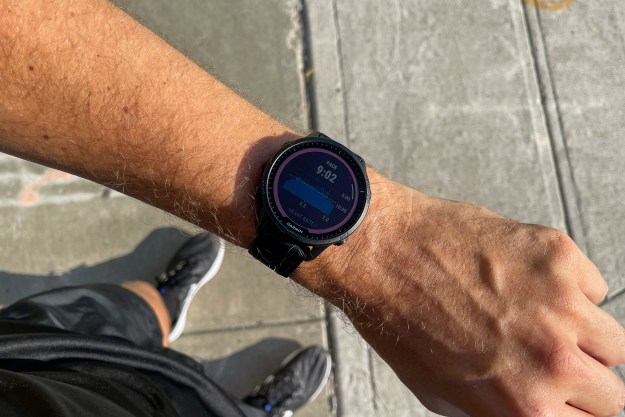The Mountain View company unveiled its single-wing unmanned aerial vehicle (UAV) last summer as it underwent tests in Australia. The primary plan was to have it operating in disaster zones, ferrying vital supplies to locations cut off by natural disasters, though the company suggested that, like Amazon’s drone, it could also be used to deliver items to shoppers.
Mid-air stability problems
Google’s grounded flying machine had a wingspan of about 1.5 meters (4.9 feet) and tipped the scales at around 8.5 kg (18.7 pounds). Described as part helicopter and part plane, the UAV featured a “tail sitter” design that allowed it to take off vertically before rotating to a horizontal position for flying to a destination.
The nose of the aircraft held a GPS unit, and a camera pointing towards the ground was housed in the tail. Four propellers enabled it to hover in one spot, allowing it to safely deliver a payload via a winch and tether.

According to Teller, the UAV had trouble maintaining its hover position in tricky weather conditions, while its payload moved around too much when the machine switched from the vertical to horizontal position.
Teller told the audience that even before the tests in Australia, half the development team were already thinking it was the wrong design. As time went on, that figure increased to around 80 percent, he said.
According to the Google X chief, those working on the machine had been considering a new design when Google co-founder Sergey Brin decided to apply a bit of pressure (Brin said a couple of years back that if your development project fails, it should fail fast) by asking the team to have the UAV working in real-world situations within five months. With no time to incorporate the refreshed design, the team went ahead with its test flights Down Under, during which time the aircraft’s shortcomings were fully revealed.
Teller said that Brin’s five-month request helped create an end date for this first phase of the drone project, encouraging them to reach a decision on the design more quickly than they otherwise might have.
New design
The team is now moving forward with a new UAV design, which, incidentally doesn’t include a single wing like its last effort. Teller gave little else away regarding the look of the latest machine but promised more details would be revealed later this year.
For Brin and Teller, scrapping its first UAV design is likely to have caused little upset. Google X is, after all, about trying out different stuff and seeing what sticks, and anyway, they’re certain to have learned plenty from this first effort. We are, however, curious to see what the research lab has come up with for its next UAV, and how the project progresses second time around.
[Source: WSJ]
Editors' Recommendations
- Watch Google’s Wing drones make deliveries to folks in Virginia
- When it comes to delivery drones, Google’s Wing is miles above the competition


